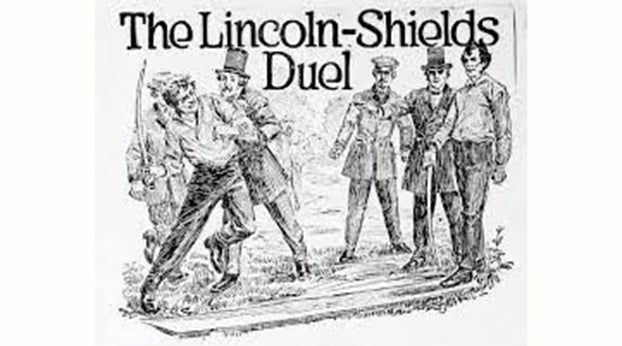A unique chapter in aviation history
Published 3:13 pm Tuesday, November 28, 2017
November is National Aviation History Month. The notion of unique chapters in the history books devoted to American aviation begins with the Wright Brothers and their success at Kitty Hawk in North Carolina.
There, Orville and Wilbur Wright built and tested kites and gliders at the beginning of the 20th century. In December, 1903, they made the first sustained manned flight. Since then, one might suggest that every advancement has provided a unique chapter in the history of aviation.
Forty years after the Wrights’ work at Kitty Hawk and in their home state of Ohio, with the United States engaged in World War II, hundreds of African-Americans were recruited for a unique program at the Tuskegee Army Flying School. There, they became known as the Tuskegee Airmen and would be recognized as distinguished pilots while fighting for victory against America’s enemies.
Their efforts led to the integration of the armed forces ten years before the Brown v. Board of Education decision that led to integration of schools. Before their service, the armed forces were segregated and blacks were barred from flying for the U.S. military.
The first class in the training program at Tuskegee included 13 cadets. They were under the immediate command of then-Captain Noel F. Parrish, a native of Kentucky. He was assigned to Tuskegee just days before the attack on Pearl Harbor in 1941. He was responsible for this first program to train black pilots for combat duty.
Parrish would complete a distinguished military career and retire with the rank of Brigadier General. He is one of many Kentuckians honored by being named to the Kentucky Aviation Hall of Fame at the Aviation Museum of Kentucky in Lexington.
“Tuskegee Airmen” refers to all who were involved with the Army Air Corps program to train the men to fly and to maintain combat aircraft. That included pilots, navigators, bombardiers, maintenance and support staff, instructors, and all the personnel who kept the planes in the air.
Ten years ago, the President of the United States presented the Congressional Medal of Honor, the highest civilian award, to the Airmen as a group.
Their story has been told in many books and magazines, in an oral history project, and in the movie, “Red Tails,” a title based on the fact that the Airmen painted the tails of their planes red. Their training site was placed on the National Register of Historic Places in Alabama and is now operated by the National Park Service.
William H. Baker, native of Claiborne County and former resident of Middlesboro, Kentucky, may be contacted at Wbaker@limestone.edu



